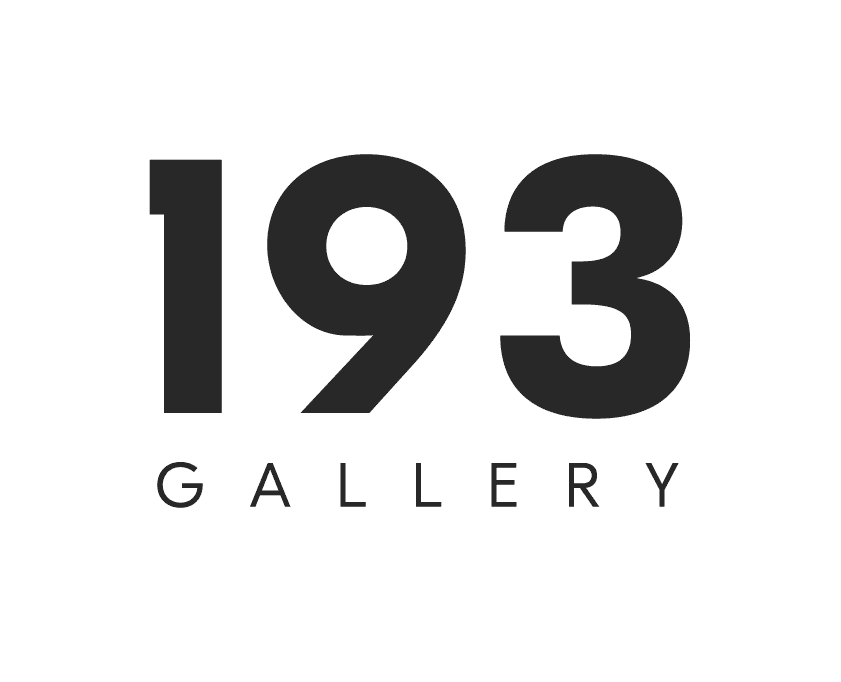Represented Artists
Exhibited Artists
* denotes required fields
We will process the personal data you have supplied in accordance with our privacy policy (available on request). You can unsubscribe or change your preferences at any time by clicking the link in our emails.

21 & 24 rue Béranger, 75003 Paris, France
Tuesday to Saturday — 10:30am to 7pm
Dorsoduro 993/994, 30123 Venezia VE, Italy
Wednesday to Monday — 11am to 7pm
+33 1 45 31 54 16
This website uses cookies
This site uses cookies to help make it more useful to you. Please contact us to find out more about our Cookie Policy.
* denotes required fields
We will process the personal data you have supplied in accordance with our privacy policy (available on request). You can unsubscribe or change your preferences at any time by clicking the link in our emails.